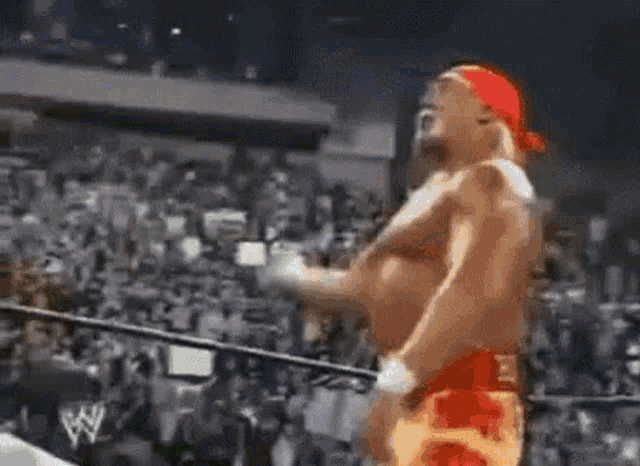Mortgage Update - July 28th, 2025
Ash and I attended “Rock the Clock” in downtown Plain City, OH Saturday. The small-town vibes at this country concert really made an impact on me. I didn’t shut up about the atmosphere. Dylan Scott wasn’t shabby either.
It reminded me that central Ohio has such a unique offering when it comes to charming, small town cities. From the farm town in Plain City, to the polish of New Albany, to the storybook feel in Granville, to the wide open spaces in Pataskala and everything in between. We’re blessed to have such variety!
We are posting regular content to Instagram (Nick | Kreg) and Facebook (Nick | Kreg) to help you and your buyers stay informed. Be sure to follow us!
Read time: ~4 minutes
The 10-Year Treasury vs. 30-Year Mortgage Spread: What You Need to Know
You know I love to educate 👨🏫 If you’ve been in real estate or lending for more than five minutes, you’ve probably heard people talk about the 10-year Treasury yield as a key driver of mortgage rates. But what really matters isn’t just the yield—it’s the spread between the 10-year and the 30-year fixed mortgage rate. It took me some time to understand this concept but I'm here to shorten that learning curve for you and explain why this is so important.
Here’s the breakdown 👇
What Is the Spread?
Think of the 10-year Treasury as the “base cost” of borrowing money, and the mortgage rate as that cost plus a risk premium.
Historically, the spread sits around 1.6% to 1.8%.
In 2023, it blew up to over 3%—one of the widest gaps in decades.
As of now, it’s about 2.29%, still well above normal.
Why Does It Matter?
This spread is the reason mortgage rates don’t always move perfectly in sync with the 10-year yield.
👉 If spreads were back to normal today (1.6%–1.8%), mortgage rates would be roughly 0.5%–0.7% lower than they are.
👉 If spreads were as bad as they were at the 2023 peak, rates would be about 0.8% higher than today.
So yes, the spread can mean the difference between your client qualifying for the house they love—or not.
What Makes the Spread Widen?
When lenders and investors get nervous, they demand a bigger “tip” for taking on mortgage risk. Things that push it wider:
Volatility in the bond market (Fed rate hikes, inflation fears)
Tight mortgage-backed securities (MBS) demand—fewer investors buying mortgages means lenders have to charge more
Recession worries—lenders pad their margins in case defaults rise
What Brings It Back to Normal?
The spread narrows when investors pile back into MBS because they see them as safe and profitable, inflation cools and the Fed stops hiking rates and/or the housing markets stabilize, making mortgage credit feel less risky.
Key Takeaway: When clients ask, “Why are rates so high,” you can now explain rates don’t just follow the 10-year treasury rate; they follow investor confidence. Spreads narrowing could drop rates—FAST—even if the Fed does nothing. Be ready. When spreads tighten, buyers on the fence will jump.
What I Learned from the Hulk
The passing of Hulk Hogan last week hit me like a ton of bricks. Love him or hate him, that man held a special place in the hearts of a lot of 80’s babies.
Hogan wasn’t just a wrestler, he was bigger than life and an absolute master of branding, storytelling and connection. There is a lot we can learn from the Hulkster about building a career people can’t ignore that I’ve personally implemented in recent years. Let me explain…
1. Build a Brand Bigger Than Yourself
Hogan was instantly recognizable—yellow tank top, bandana, “Hulkamania.” When people saw him, they knew exactly what they were getting.
Your Move: Own your brand. Whether it’s your social media tone, your open-house vibe, or your client updates, make it so consistent people could recognize your work without even seeing your name.
2. Play Up Your Personality
Hogan turned his personality up to 11. Even when he became the bad guy (Hollywood Hogan), people still couldn’t look away.
Your Move: Be unapologetically you. Loud, funny, nerdy, buttoned-up—whatever works, lean into it. People don’t hire boring.
3. Reinvent When the Market Changes
When WWF/WWE cooled, Hogan jumped to WCW. When wrestling slowed down, he moved to TV. He adapted—and stayed relevant. But the interesting thing is that his personality didn’t change. He still had that handlebar mustache and muscular frame into his 70s.
Your Move: Market shifts? Interest rates climbing? Adjust your playbook. Host workshops, target different buyer pools, or add new loan products. Don’t wait for the perfect market—create opportunity.
4. Make Clients the Hero
Hogan flexed, cupped his ear, and made the crowd feel like they were winning with him.
Your Move: Celebrate your clients, not yourself. Post their wins. Cheer when they close. Make them feel like buying that house is their championship belt moment.
5. Push Through the Slams
Hogan got body-slammed—literally and figuratively—but he always got back up. Y’all remember his matches against Shawn Michaels and The Rock, right?
Your Move: Deals fall through. Borrowers ghost you. Rates spike. Winners don’t stay down—they move on to the next match.
6. Leave People Fired Up
No one walked away from a Hogan interview unmotivated. His energy was contagious.
Your Move: Whether you’re talking to a client, agent partner, or your own team, bring the energy. Unwavering energy is something I struggle with but need to remember that.






